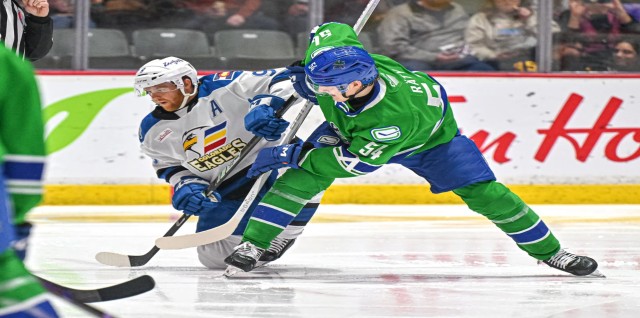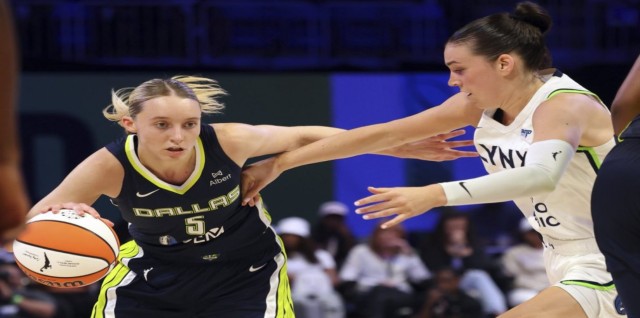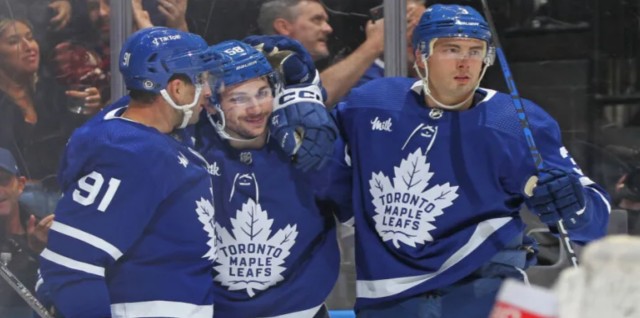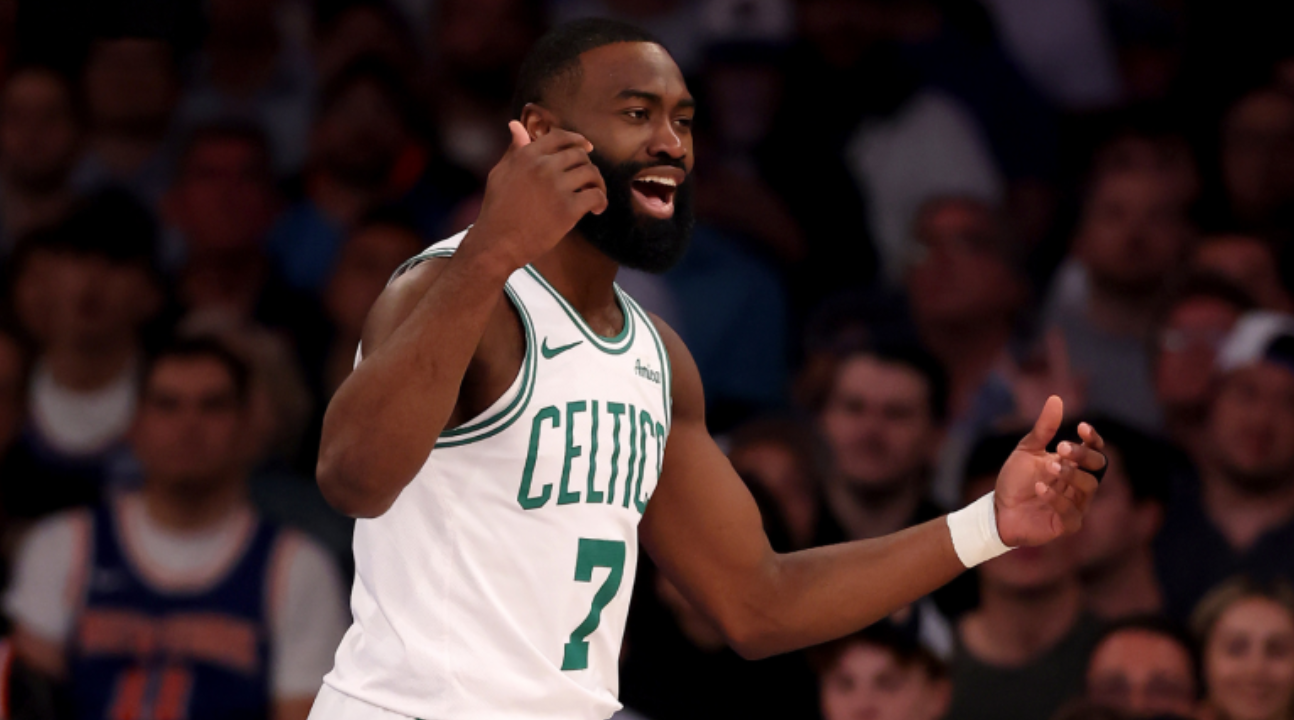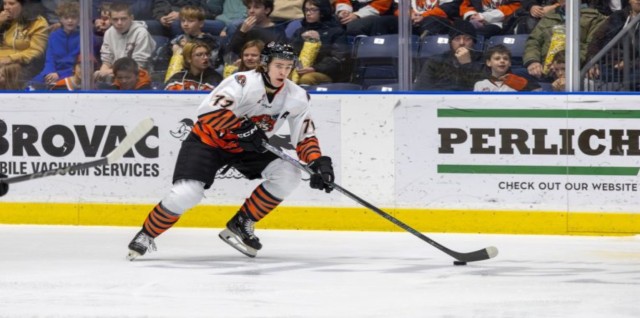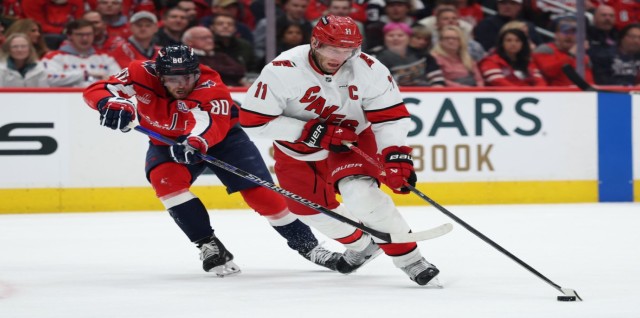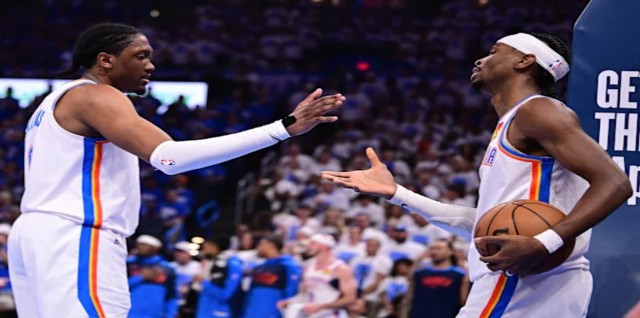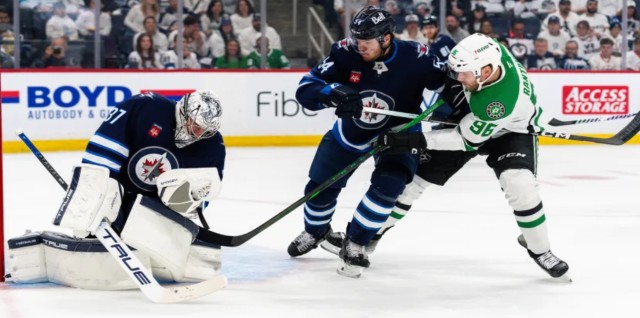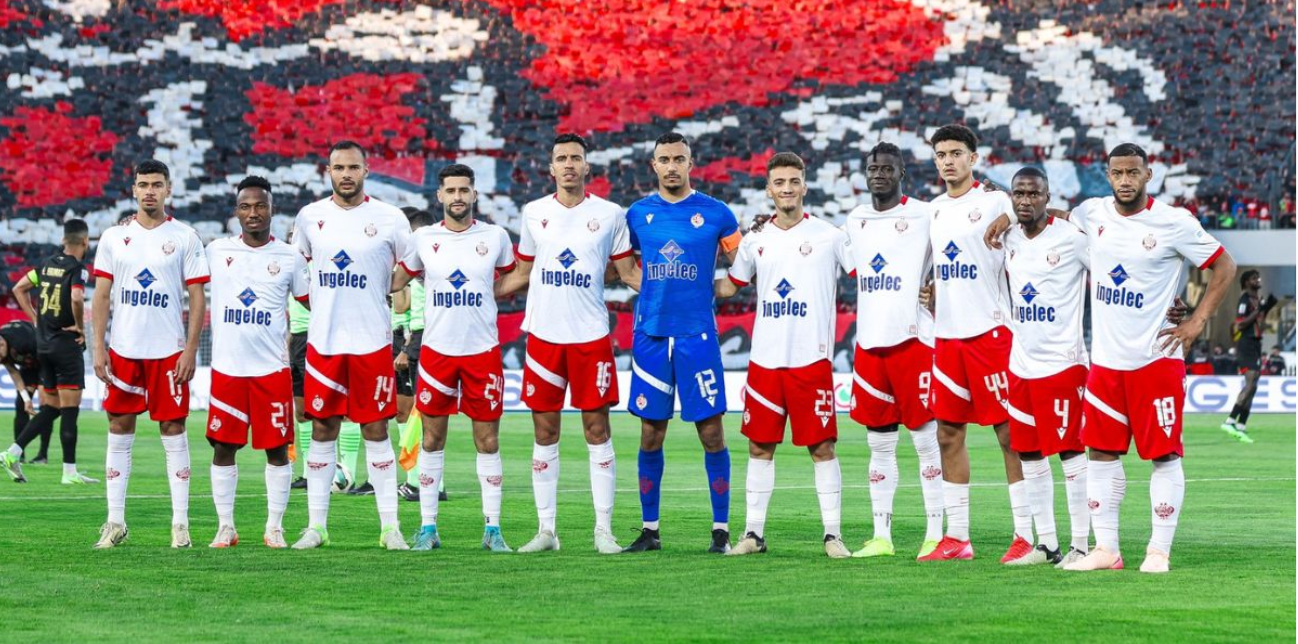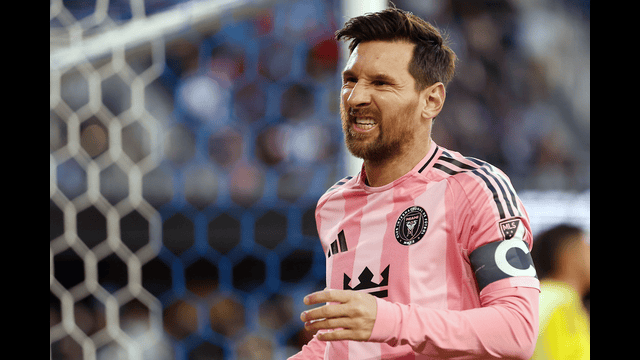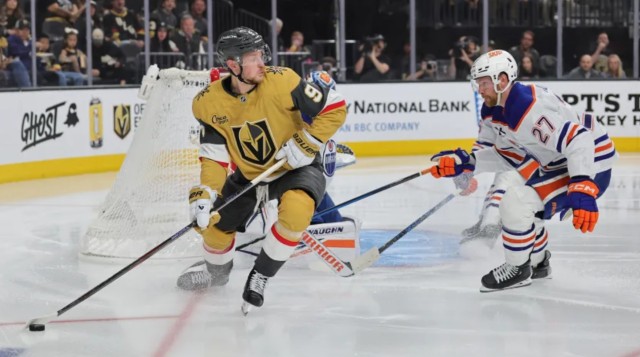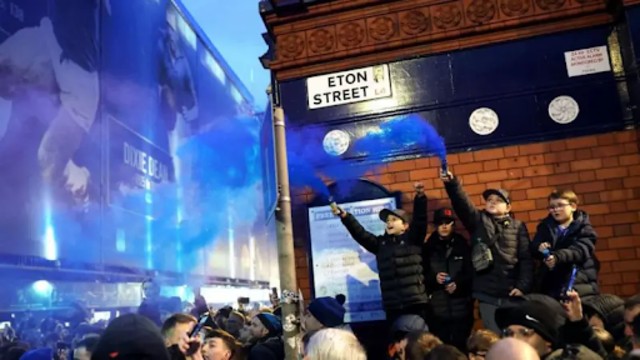
Everton fans gave their team a spirited welcome ahead of their final Merseyside derby against Liverpool at Goodison Park. (Image: Getty Images)
Goodison Park, a legendary football battleground, delivered a farewell Merseyside derby that fans will never forget. The historic stadium, known for its electrifying atmosphere, hosted an eventful and emotional match, proving why it remains one of football’s most iconic venues.
The game reached peak drama in the 98th minute when James Tarkowski’s equalizer was finally confirmed after a tense VAR review for offside and a possible foul. As Everton celebrated their hard-fought 2-2 draw, emotions flared. Abdoulaye Doucoure’s taunt toward Liverpool fans enraged Curtis Jones, sparking a heated brawl that resulted in both players receiving red cards. Liverpool's head coach, Arne Slot, and his assistant, Sipke Hulshoff, also saw red after an angry exchange with referee Michael Oliver. Chaos erupted, with stewards, police, and players caught in the fray.
Everton manager David Moyes summed it up succinctly: "It was mayhem all game. A bit of a throwback. The place was boiling hot all night. The atmosphere was incredible."
Goodison Park, despite its aging infrastructure, still holds a magic that modern stadiums struggle to replicate. Everton’s upcoming move to a state-of-the-art facility at Bramley-Moore Dock signals progress, but the nostalgia and intensity that Goodison fosters will be hard to replace. The towering Main Stand, the historic crisscross designs by Scottish architect Archibald Leitch, and the heart-pounding atmosphere during derby nights make it truly unique.

Everton’s Gwladys Street End roared with passion during the last Merseyside derby at Goodison Park.
Hours before kickoff, the significance of this final derby was evident. Fans gathered at the statue of William Ralph 'Dixie' Dean, Everton’s legendary striker, and at the Holy Trinity statue honouring club greats Alan Ball, Howard Kendall, and Colin Harvey. These monuments will remain as part of the Goodison Legacy Project, ensuring the stadium’s history is preserved within the local community.
Everton’s centre circle will also be kept as a green space, honouring the memory of Dixie Dean, whose ashes were scattered there after his passing in 1980. Though the club is moving on, pieces of Goodison will always remain.
As the final derby unfolded, Everton supporters packed Goodison Road’s historic pubs, The Blue House and The Winslow Hotel, for one last pre-match ritual. Streets surrounding the stadium—Winslow, Eton, Neston, and Andrew—buzzed with energy as fans made their way to their beloved venue.
Beto gave Everton the lead in the 11th minute, but Liverpool turned the game around through Alex Mac Allister and Mohamed Salah. It seemed Liverpool would leave Goodison victorious until Tarkowski’s last-gasp equalizer ignited the crowd. The final whistle saw Evertonians singing in celebration, their beloved stadium rocking one last time.
David Moyes, now with white hair and decades of managerial experience, led Everton for his 26th Merseyside derby. His image remains immortalized outside Goodison, a reminder of his impact on the club. As he soaked in the electric atmosphere, he knew Everton deserved their share of the points.
“I think it was hugely important that Evertonians got to finish at their stadium in the best way possible,” Moyes said. “The support in here was unbelievable. It was a fitting end."
Everton’s draw frustrated Liverpool, who still sit atop the Premier League, but the night belonged to Goodison Park. It was a proper send-off—full of grit, passion, and unforgettable memories.


